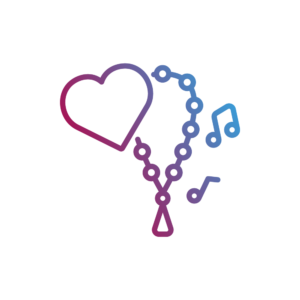Ways of Articulating
Ways of Articulating The orality traits linked to language, narrative, and words that help people articulate the things around us so that we gain a shared understanding. People tend to think more generally/descriptively on one side of the lingual spectrum. On the other side of the spectrum, people tend to value more precise/technical expressions. The Orality Quotient shows the aggregated…





